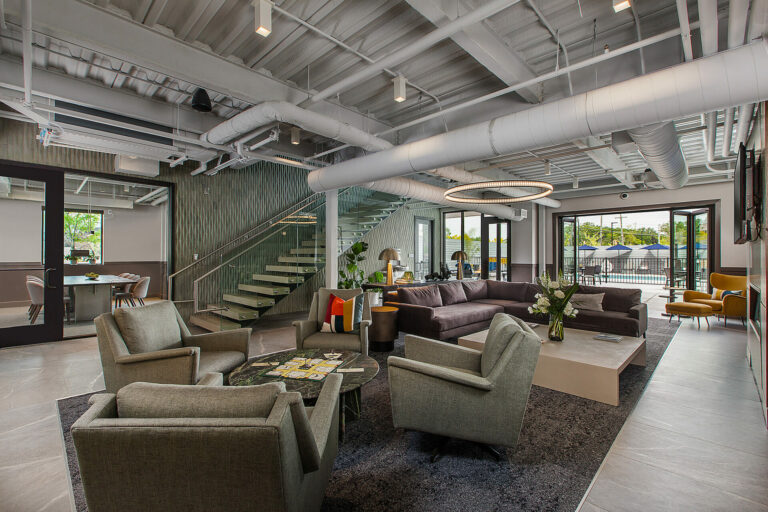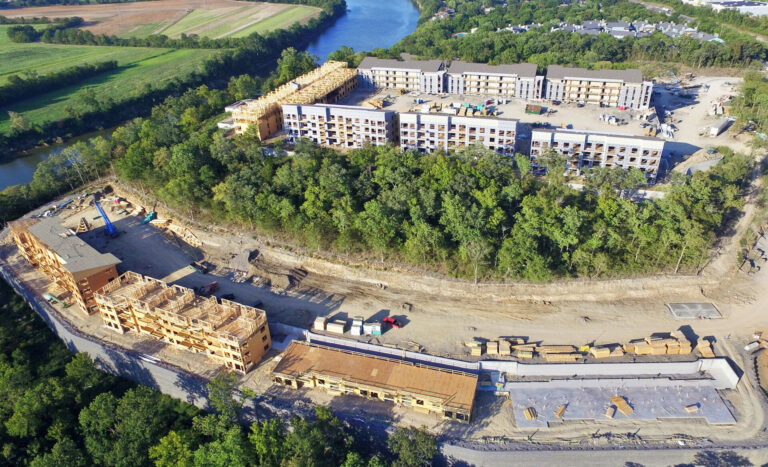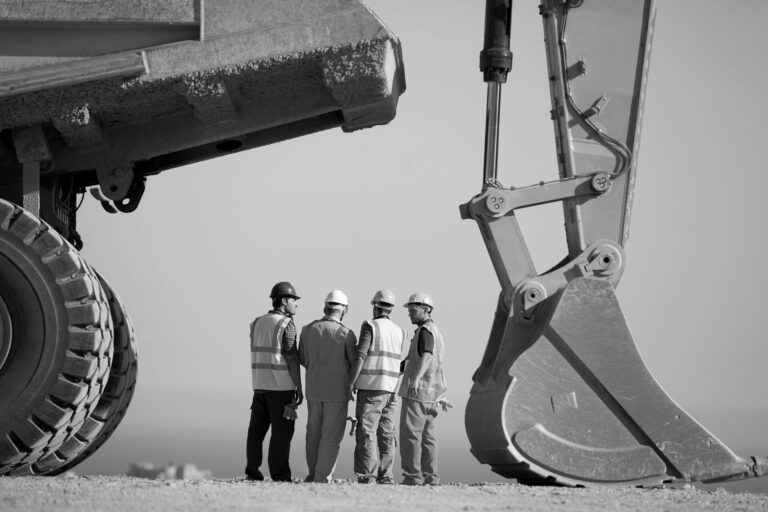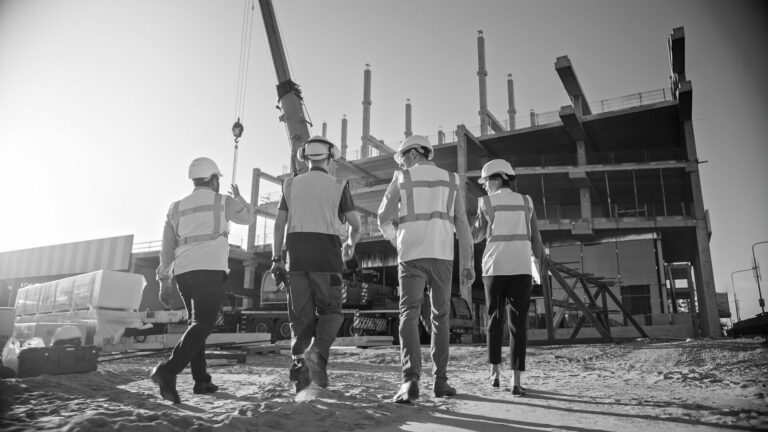In 2023, the construction industry emerged from a challenging period with the resilience and determination that has long been its hallmark. Coming off the back of the pandemic, a situation which brought enormous difficulties to supply chains, site work and labor shortages, the industry found itself adapting in ways that have opened new possibilities for the future. The balancing effect that increased federal investment has brought may offer a positive spin, but the truth is that the industry has needed to dig into its deep wells of innovation and perseverance to maintain forward momentum. Despite this, the outlook is very much a mixed one and 2024 promises to be one laden with both challenges and potential. Construction in North America finds itself at the crossroads of innovation, sustainability, and resilience. With an ever-evolving landscape marked by technological advancements, changing regulations, and global uncertainties, the construction sector is gearing up for a transformative journey. But what are the key factors that will dictate the outcome over the next 12 months?
Technological Advancements and Digital Transformation
The construction industry, traditionally known for its conservative approach, is now embracing technology at an unprecedented pace. From Building Information Modeling (BIM) to AI and robot learning, construction companies are incorporating digital tools to both enhance project efficiency and reduce costs. According to a report by Dodge Data & Analytics, spending on information technology in the construction industry is projected to grow by 14% in 2024. “One of the key construction storylines is the return of enthusiasm and optimism in prospects for nonresidential growth,” stated Richard Branch, chief economist for Dodge Construction Network. “Increased demand for some building types like data centers, labs, and healthcare buildings will provide a solid floor for the construction sector.” Meanwhile, this increased demand will be met with an increased level of precision thanks to the development of higher performing techniques and strategies. The report goes on to explain the benefits: “The integration of technologies like BIM not only streamlines project management but also enhances collaboration among stakeholders. This not only reduces the risk of errors but also significantly improves overall project outcomes.”

Sustainability and Green Construction
As the world grapples with climate change, the construction industry is under increased pressure to adopt more sustainable practices. From energy-efficient buildings to sustainable and renewable materials, the focus is has shifted towards reducing the environmental impact of construction projects. While construction is not alone in this, it is certainly going to have an increasing impact on the industry in terms of costs, project management and maintaining strict budgets. According to the US Green Building Council, estimates show that by the end of 2024, green construction will account for more than 50% of all new commercial and institutional construction. Environmental scientist Dr. Sarah Thompson believes that the time for optional improvements has ended and an increased demand on sustainable practices is now the norm. “Sustainability is no longer a choice but a necessity in construction. Companies that prioritize green practices not only contribute to environmental conservation but also benefit from cost savings and improved public perception.”
Labor Shortages and Skilled Workforce Challenges
One of the perennial challenges faced by the construction industry has been the shortage of skilled labor. This difficulty, exasperated by the COVID pandemic and a mindset shift amongst people to pursue university-led careers, has meant that construction companies around the world are having difficulties in completing the many funded projects across multiple sectors. While labor issues have always presented a problem, the retirement of experienced workers coupled with a decline in the number of new entrants to the construction workforce have created a significant gap. Worryingly, according to the Bureau of Labor Statistics, the construction industry is projected to face a shortage of over 1.5 million skilled workers by 2025. While much is being done to address the issue, it is a complex challenge and, according to labor market analyst Michael Rodriguez, the solution needs to come through a combined approach. “Addressing the labor shortage requires a multifaceted approach. Investing in training programs, promoting diversity in the workforce, and leveraging technology to augment labor-intensive tasks are key strategies for overcoming this challenge.”

Regulatory Changes and Compliance
The construction industry is no stranger to regulatory changes, and staying compliant with evolving standards is crucial for success. From safety regulations to environmental policies, companies must navigate a complex web of rules and codes. As demands on companies develop and expand, so too do the rules that govern these practices. A survey conducted by the Associated General Contractors of America (AGC) reveals that 68% of construction firms expect an increase in regulatory challenges in 2024. With an ever-changing regulatory landscape, the onus is now on construction companies to invest time and money into ensuring they remain compliant. Proactive measures, such as regular training and robust documentation can help mitigate risks associated with regulatory changes.
Resilience Planning and Risk Management
Global events, such as the COVID pandemic and geopolitical uncertainties, have underscored the importance of resilience in the construction industry. While the industry has indeed demonstrated the required skills of adaptation and innovation, it has not come out unscathed from a tough few years. McKinsey & Company, in a recent report, indicated that almost 82% of construction executives plan to increase their focus on resilience planning. Understandably, it seems as though companies are reevaluating their risk management strategies and incorporating resilience planning to ensure continuity in the face of unforeseen challenges. With an increased focus on scenario planning, supply chain management and by embracing digital technologies, resilience planning for the coming year will likely go beyond traditional risk assessments.
“The key to this success lies in its ability to adapt, collaborate, and embrace opportunities.”

So, what does all this mean for the North American construction sector? As ever, analysists are divided in their opinions. Depending on your viewpoint, the industry is either on the cusp of greatness or a precarious precipice. What seems certain is that the construction industry is in a place of change. A transformative year, navigating a landscape shaped by technological innovations, sustainability imperatives, workforce challenges, regulatory changes, and resilience planning is ahead of us. If the industry embraces these changes to some degree, the sector could be poised for growth and evolution. However, the key to this success lies in its ability to adapt, collaborate, and embrace the opportunities that the dynamic construction landscape presents. With the hindsight of its skillful navigation in recent times, the future is cautiously positive.


















